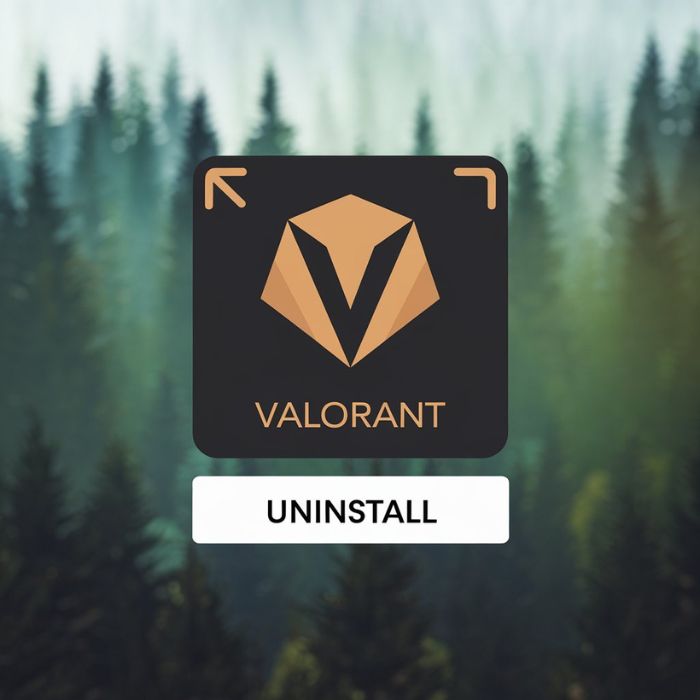In today’s rapidly evolving tech landscape, collaboration is key to innovation and success. Co-development software has emerged as a powerful tool that enables teams to work together more efficiently, streamline processes, and accelerate product development. Whether you’re a startup aiming to build a new app or a large enterprise managing complex software projects, co-development software can transform how your team collaborates.
What is Co-Development Software?
Definition and Purpose
Co-development software refers to a suite of tools designed to facilitate collaborative software development. It allows multiple developers to work on the same project simultaneously, providing features like real-time code sharing, version control, and task management. The primary purpose of this software is to enhance productivity, ensure consistency, and improve communication among team members.
Key Features
- Real-Time Collaboration: Enables multiple developers to work on code simultaneously, seeing each other’s changes in real-time.
- Version Control: Keeps track of changes to code, allowing teams to revert to previous versions if needed.
- Task Management: Organizes tasks, assigns responsibilities, and tracks progress to ensure timely project completion.
- Communication Tools: Integrates chat, video conferencing, and file-sharing features to facilitate smooth communication.
Benefits of Using Co-Development Software
Enhanced Team Collaboration
Co-development software breaks down barriers to collaboration by allowing team members to work together seamlessly, regardless of their physical location. This real-time interaction fosters a more cohesive working environment, where ideas can be shared instantly and feedback can be provided quickly. Enhanced collaboration not only improves efficiency but also drives innovation by bringing diverse perspectives into the development process.
Improved Productivity
By streamlining workflows and automating repetitive tasks, co-development software boosts productivity. Features like automated code reviews, integration with continuous integration/continuous deployment (CI/CD) pipelines, and task automation reduce manual effort and minimize errors. This results in faster development cycles and more efficient use of resources.
Better Version Control
Managing changes to code can be challenging, especially in large projects with multiple contributors. Co-development software’s version control features help track and manage code changes, ensuring that everyone is working with the latest version. This minimizes conflicts and errors, making it easier to maintain code quality and consistency.
Efficient Project Management
Co-development software often includes robust project management tools that help teams plan, execute, and track their work. Task management features, project timelines, and progress tracking ensure that projects stay on schedule and within budget. This organizational support helps teams prioritize tasks, allocate resources effectively, and meet deadlines.
Popular Co-Development Software Solutions
GitHub
GitHub is a widely-used platform for version control and collaborative development. It offers features like pull requests, code reviews, and issue tracking, making it an essential tool for many development teams. Its integration with various CI/CD tools and project management systems enhances its functionality.
GitLab
GitLab provides a comprehensive suite of tools for software development, including version control, CI/CD pipelines, and project management. Its all-in-one approach allows teams to manage their entire development lifecycle from a single platform, improving efficiency and collaboration.
Bitbucket
Bitbucket, by Atlassian, offers Git repository hosting and integrates seamlessly with other Atlassian products like Jira and Confluence. Its focus on collaboration and code management makes it a popular choice for teams looking for an integrated development environment.
Implementing Co-Development Software in Your Workflow
Assess Your Needs
Before choosing co-development software, assess your team’s specific needs and project requirements. Consider factors such as team size, development processes, and integration needs. This will help you select a solution that aligns with your goals and enhances your workflow.
Train Your Team
Effective implementation of co-development software requires proper training for your team. Ensure that all members are familiar with the software’s features and best practices. Training sessions and documentation can help ease the transition and maximize the benefits of the new tool.
Integrate with Existing Tools
To avoid disruptions, integrate co-development software with your existing tools and workflows. Most co-development platforms offer integration options with popular project management, communication, and CI/CD tools. This ensures a smooth transition and maintains continuity in your development process.
Conclusion
Co-development software is a game-changer for modern software development, offering enhanced collaboration, improved productivity, and efficient project management. By leveraging the features of co-development tools, teams can work more effectively, innovate faster, and deliver high-quality software. As technology continues to advance, adopting co-development software can provide a competitive edge and drive success in your development projects. Explore the options available and choose the solution that best fits your team’s needs to unlock the full potential of collaborative development.











